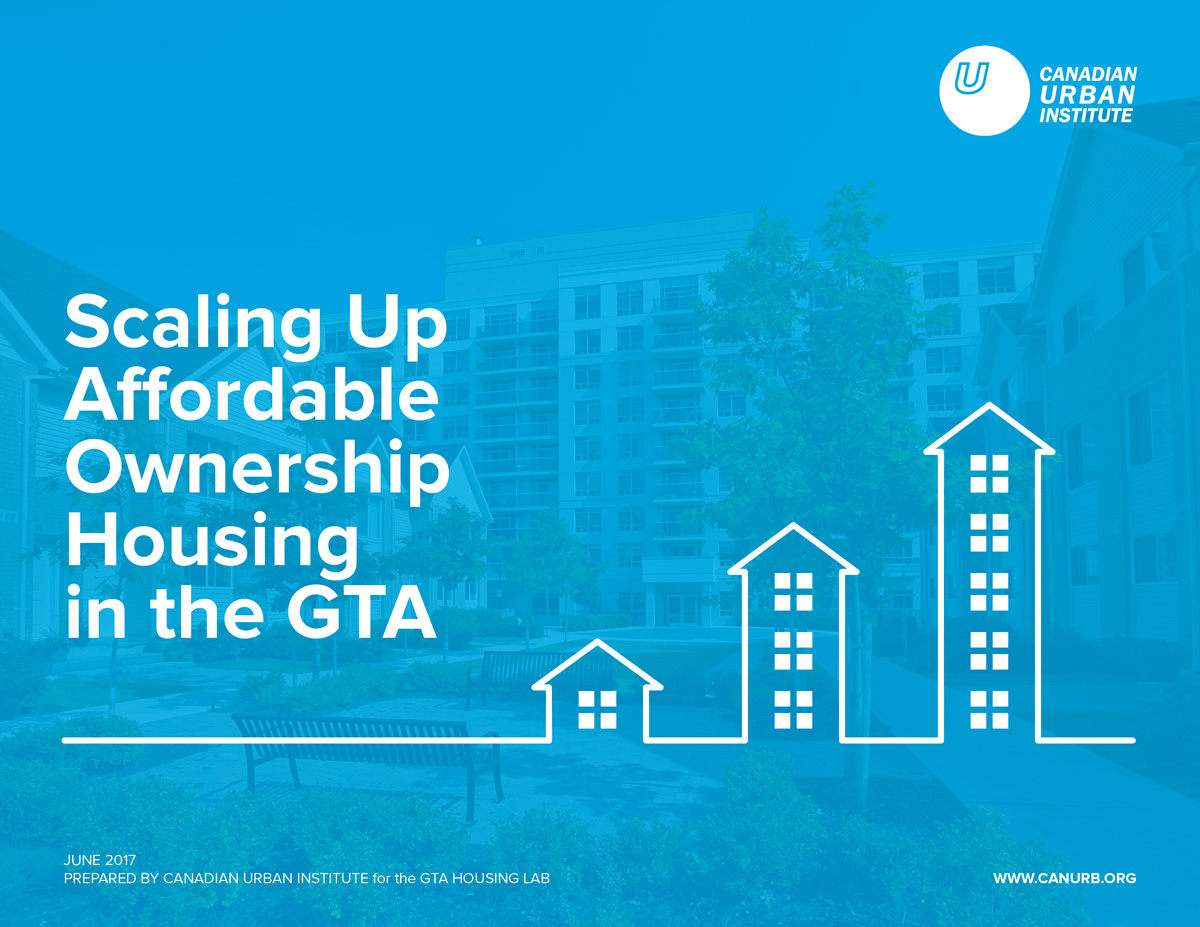Building Affordable Housing in the Greater Toronto Area (GTA)
Introduction
Affordable housing is a critical issue in the Greater Toronto Area (GTA), requiring immediate action and collaborative efforts from governments, developers, and non-profit organizations. With escalating housing prices and an ever-growing population, the shortage of affordable homes has reached crisis proportions. This document summarizes insights from a roundtable discussion organized by the Building Industry and Land Development Association (BILD), where over 60 experts convened to address the challenges of affordable housing. It highlights key takeaways on policies, finance, implementation strategies, and international experiences, offering actionable steps toward sustainable housing solutions in the GTA.

The Need for Collaboration
Steve Deveaux, BILD Chair, opened the roundtable with a call for unified efforts to tackle the affordable housing crisis. He emphasized that the home-building and development industry is committed to contributing solutions but cannot address the issue alone. Effective partnerships between governments, developers, and non-profits are essential for success. The keynote speaker, Tom Bledsoe, President and CEO of the U.S.-based Housing Partnership Network, reinforced this message by sharing experiences from the United States, where collaborative approaches have led to significant achievements in affordable housing.
Key Themes and Priorities
1. Policy
Policies play a foundational role in creating an environment conducive to affordable housing. The discussion emphasized:
- Outcome-Focused Policies: Policies should establish clear housing targets and measurable outcomes, supported by a variety of tools that municipalities can adapt to local conditions.
- Inclusionary Zoning: While inclusionary zoning is a valuable planning tool, it should not be the sole mechanism. Participants advocated for additional funding and support from higher levels of government to complement this approach.
- Defining Affordability: Affordability must reflect regional differences, considering both price levels and the adequacy of housing options.
- Linking Policies: Affordable housing policies should align with broader urban planning goals, including intensification, economic development, and social equity.
2. Finance
Financing emerged as a central theme, with participants stressing that affordable housing projects must be financially viable. Key recommendations included:
- Direct Government Investment: Establishing an equity pool for financing affordable housing projects can provide crucial start-up capital.
- Private Sector Engagement: Incentives such as tax breaks, government-backed bonds, and reduced development charges can attract private investment.
- Innovative Ownership Models: Mechanisms like shared equity programs, similar to the “Options for Homes” model, can make homeownership more accessible while preserving long-term affordability.
- Tailored Development Charges: Charges should vary based on location, size, and price to incentivize affordable housing development.
3. Implementation
Effective implementation requires innovation, flexibility, and leadership. Participants identified several priorities:
- Streamlined Approvals: Development approval processes should be expedited, ideally completed within six months, to reduce delays and uncertainties for developers.
- Public Education: Addressing opposition to affordable housing (NIMBYism) through public awareness campaigns can foster community acceptance.
- Dedicated Facilitation: Municipalities should appoint “Development Sherpas” to guide affordable housing projects through regulatory hurdles.
- Pilot Projects: Governments and developers should collaborate on experimental projects to test new models and approaches.
International Insights
Tom Bledsoe’s keynote address provided valuable lessons from the U.S. and other international contexts:
- Partnership Models: Collaboration between for-profit and non-profit developers, supported by government incentives, has been key to success.
- Inclusionary Zoning: Widely used in cities like San Francisco, New York, and London, inclusionary zoning has helped secure affordable units within market developments.
- Funding Mechanisms: Tools such as housing bonds and voter-approved initiatives have generated substantial capital for affordable housing projects.
- Cultural Shifts: Changing public attitudes toward affordable housing is crucial for long-term success.
Conclusion
The affordable housing crisis in the GTA requires a multi-faceted approach, combining innovative policies, robust financing, and collaborative implementation strategies. The insights from the BILD roundtable highlight the importance of partnerships, targeted investments, and flexible solutions. By learning from international experiences and leveraging local expertise, the GTA can build a sustainable framework for addressing affordable housing needs, ensuring that every resident has access to a secure and affordable place to call home.
For further reading:
Affordable Rental Homes – City of Toronto
